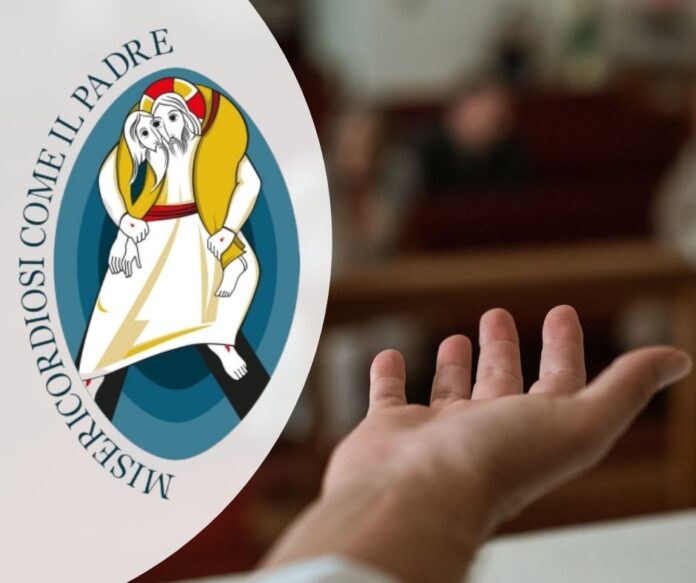Understanding with empathy those who have offended us from an ethical and psycho-spiritual perspective (1/2)
by Mario Boies, C.Ss.R., M.Ps.
Observing this icon of the Jubilee of Mercy (2015-16), in which Jesus’ gaze mingles with that of the wounded person, helps us to understand how empathic understanding of the other’s suffering fosters the adoption of compassionate and merciful attitudes: “Do not judge and you will not be judged; do not condemn and you will not be condemned; forgive, and you will be forgiven” (Lk 6:37).
In order to integrate this ethical teaching of Jesus into our daily moral judgements, it may be helpful to embrace the psycho-spiritual therapeutic approach of forgiveness proposed by the Canadian priest and psychologist Jean Monbourquette. Of the thirteen stages of his model, the seventh proves to be relevant in helping us to live an empathic forgiveness towards those who have offended us. Indeed, this stage consists of adopting an empathic gaze towards one’s offender to better understand the ‘why’ of the offending act. Thus, in order to be empathetic towards the offender, the injured person needs: on a cognitive level, to take on the offender’s perspective, i.e. ‘to put oneself in his or her shoes’; and on an affective level, to feel the offender’s emotions. Therefore, he suggests four ethical attitudes that can illuminate our moral judgement.
1) Understanding the offender with empathy implies ceasing to blame him, to be able to identify the aspect of my psychological and personal dynamic that has been wounded through the offending gesture. Ultimately, this empathetic look at the offender’s situation makes us realise the importance of being compassionate with ourselves to reconcile with our shadow. That is, to gradually tame the negative aspects of one’s personality that we sometimes find difficult to recognise and accept our own flaws, wounds, fragility, and vulnerability.
2) To understand the offender with empathy, it is enlightening to learn more about his or her past experience and life history. Because ‘a better understanding of a person’s family, social and cultural background, even if it does not justify their negative behaviour, at least partially explains it’.
3) Understanding the offender with empathy means looking for his positive intention. Because ‘an irreducible will to grow can be found in every individual, even in gestures of great malice’. For example, the desire for self-affirmation, recognition, self-esteem, self-confidence, etc.
4) Understanding the offender with empathy means recognising his value and dignity. That is, trying to see a human person beyond the offender’s immoral act. In this sense, according to Giusti and Corte, ’empathy and the ability to understand the offender’s perspective are facilitated if the offender is perceived as a distinct human being, separate from one’s own needs and desires’.
Forgiveness, according to Monbourquette, is therefore a gradual process that aims, on the one hand, at a psychological healing of the wounded person; and, on the other, at a spiritual journey of opening the soul to God’s grace to live an unconditional love towards the one who has offended us. Therefore, this empathic, cognitive and affective understanding will allow us
– to have a better awareness of ourselves
– to better understand the offender’s situation and personal dynamic;
– to grow in the process of forgiveness, reconciliation and psycho-spiritual healing;
– to illuminate our moral judgements of mercy and compassion when we are offended;
– finally, to “judge not, lest we be judged, and condemn not, lest we be condemned” (Lk 6:37).
Original submitted in Italian and published on the Alphonsian Academy website
Bibliography:
J. Monbourquette, L’arte di perdonare: guida pratica per imparare a perdonare e guarire, Paoline, Milano 201513, 85-218.
E. Giusti – B. Corte, La terapia del per-dono: dal risentimento alla riconciliazione, (Psicoterapie & Counseling, 73), Sovera Edizioni, Roma 2009.
J. Monbourquette, Chiedere perdono senza umiliarsi: guida pratica, Paoline, Milano 2008, 173-176.





